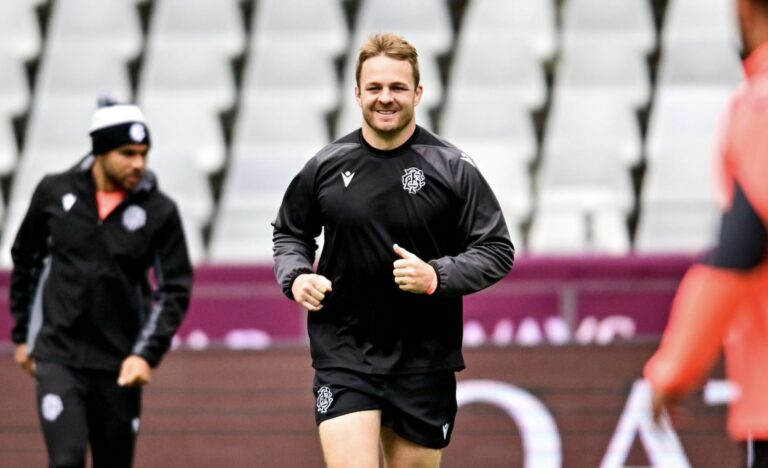
So how hot is too hot to play a rugby match? World Rugby has laid out exactly when it becomes too much with the help of a new formula.
Its updated 2025 heat and air quality guidelines are designed to protect players during matches in hot and humid conditions, with clear thresholds for when to introduce water breaks, extend half-time, or even delay or cancel games altogether.
At the centre of the new guidelines is a refined Heat Stress Index (HSI). The HSI replaces a basic air temperature readings with a more meaningful metric for match organisers to use.
Developed by Dr Grant Lynch and Dr Olly Jay from the University of Sydney, the HSI factors in temperature, humidity, wind speed and ground radiation to assess the overall environmental stress on players.
You can excess the calculator HERE.
The Heat Stress Index is scored on a scale from 0 to 250, with five defined categories that trigger specific interventions:
Low (0–99): teams follow standard practice
Moderate (100–149): players take on more fluids and reduce the amount of clothing worn
High (150–199): players to have a three-minute cooling break in each half. Team also to implement cooling strategies such as iced towels
Very High (200–249): half-time extended to 20 minutes
Extreme (250+): consider delaying or suspending the game
For example, using the new calculator: A temperature of 29 degrees, combined with a windspeed of 0.5 metres a second and a humidity of 70 per cent would score a 167 in the above scale (high), with the organisers needing to take actions as described above.
To support accurate, real-time assessments, World Rugby has invested in EMU devices that measure all relevant environmental variables. The data helps determine the appropriate HSI category and corresponding actions.
In cases where a match must be suspended or delayed due to extreme heat, the guidelines are explicit about when it can safely resume. The HSI must fall below 230 and remain under that level for at least 45 minutes. Additionally, forecasts must suggest a low risk of the index rising above 250 for the next two hours if play has started – or three hours if it hasn’t.
The final decision on whether it is safe to play rests with the match-day doctor.
The updated approach aims to provide greater clarity and consistency around heat management in professional rugby. A user-friendly online calculator is also available to help organisers determine where local conditions fall on the Heat Stress Index.
With temperatures increasingly playing a role in match scheduling and player welfare, World Rugby say the updated 2025 framework signals their intent to keep pace with the demands of a changing climate.






